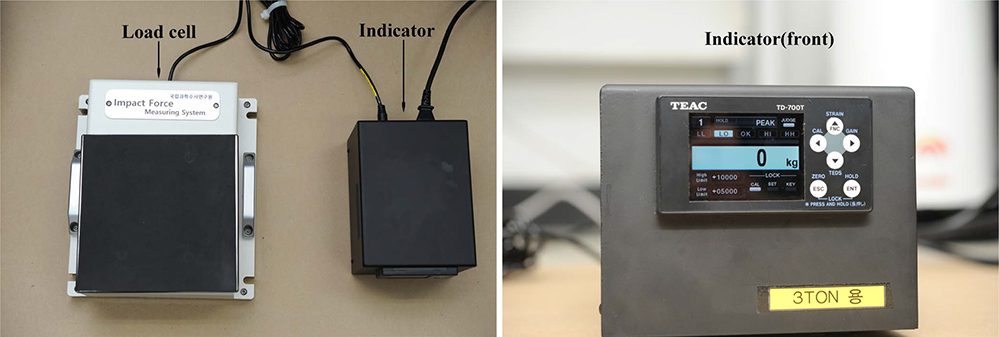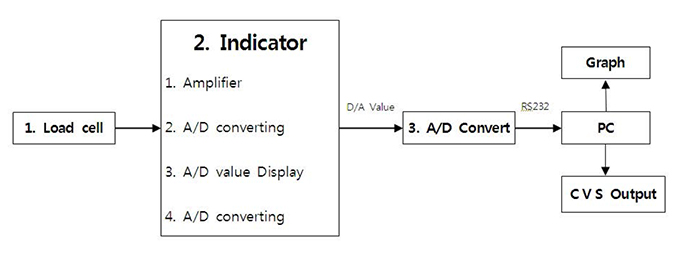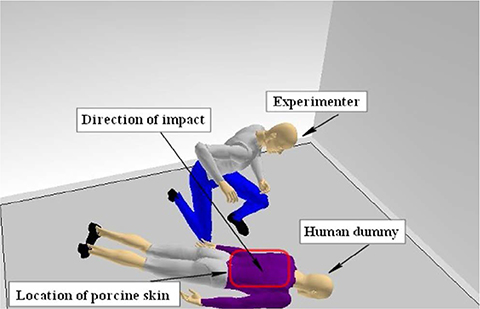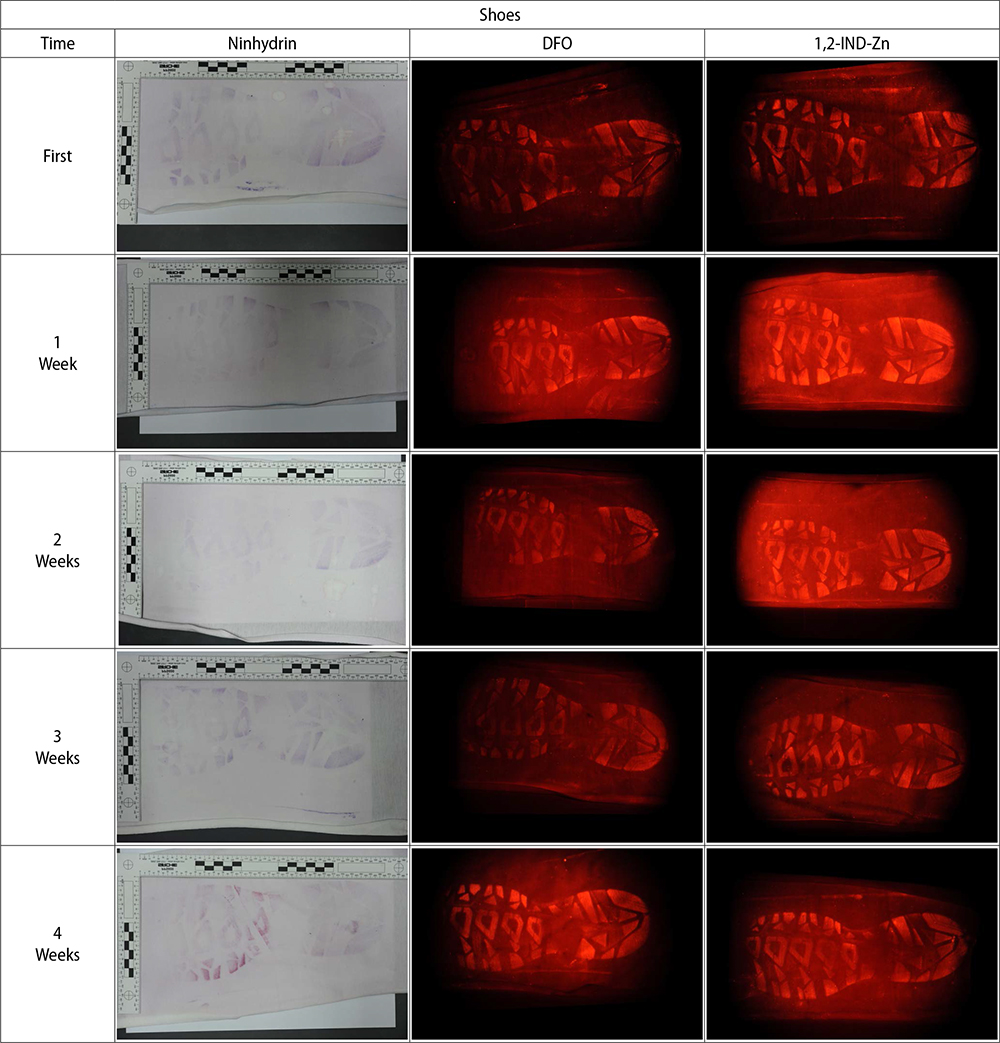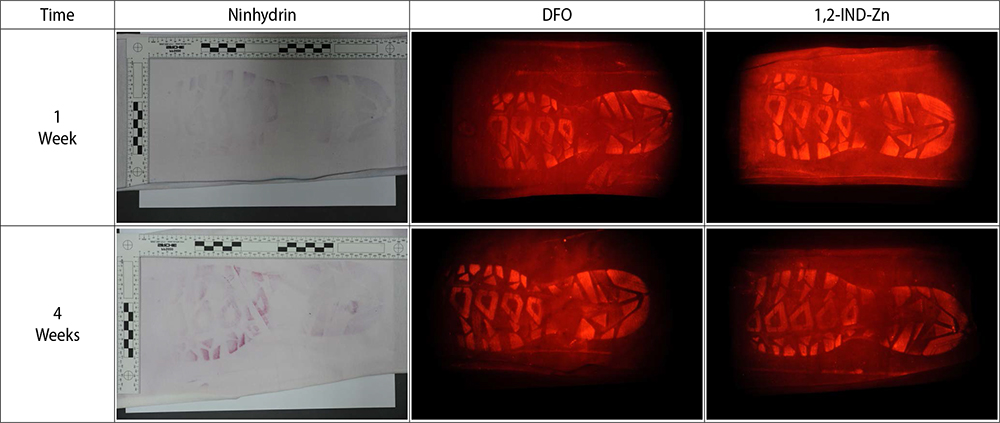Korean J Leg Med.
2017 Feb;41(1):12-19. 10.7580/kjlm.2017.41.1.12.
Revealing Weapon Impacts on Clothes Using Reaction Reagents for Amino Acids
- Affiliations
-
- 1Department of Scientific Criminal Investigation, Yonsei University, Wonju, Korea.
- 2Forensic Engineering Department, National Forensic Service, Wonju, Korea. yiseo@korea.kr
- KMID: 2371669
- DOI: http://doi.org/10.7580/kjlm.2017.41.1.12
Abstract
- If we analogize any external physical force applied to victims of crimes involving violence, it would be possible to not only presume the mutual action between victims and suspects but also deduce more facts related to the cases. Therefore, in this study, defining the phenomenon of amino acid compounds in sweat spreading into clothes as impact marks, experiments using ninhydrin, 1,8-dizafluoren-9-one (DFO), 1,2-indanedione-zinc (1,2-IND-Zn) were conducted to determine developmental variations through change over time, which was not performed in previous studies. A 5-week period was set up including first damage as a variation factor, and materials in each action were developed using certain reagents. The level of specimen development depending on the change over time was identified. Thus, no changes were observed at each initial level of development.
Keyword
MeSH Terms
Figure
Reference
-
1. Archer NE, Charles Y, Elliott JA, et al. Changes in the lipid composition of latent fingerprint residue with time after deposition on a surface. Forensic Sci Int. 2005; 154:224–239.2. Public Prosecutors' Office. 2013 Analytical report on crimes. Seoul: Supreme Public Prosecutors' Office;2014. p. 295–301.3. Hwang JJ. Collection of biological evidences at the crime scene. Korean J Leg Med. 2000; 24:103–107.4. Van Lierde V, Chery CC, Moens L, et al. Capillary electrophoresis hyphenated to inductively coupled plasma-sector field-mass spectrometry for the detection of chromium species after incubation of chromium in simulated sweat. Electrophoresis. 2005; 26:1703–1711.5. Choi MJ, Sun YS, Kim CS, et al. Study of sweat content and latent fingerprint developing. Anal Sci Technol. 2007; 20:147–154.6. Croxton RS, Baron MG, Butler D, et al. Variation in amino acid and lipid composition of latent fingerprints. Forensic Sci Int. 2010; 199:93–102.7. Hamer P, Price C. Case Report: a transfer from skin to clothing by kicking: the fetection and enhancement of shoeprints. J Forensic Sci Soc. 1993; 33:169–172.8. Hong S, Kim C. Use of squid as an alternative to human skin for studying the development of hit marks on clothes. J Forensic Res. 2016; 7:351.9. Lim HS, Song YE, Lee EB, et al. Study on the development of hit marks using a reaction reagent of amino acid. Korean J Forensic Sci. 2016; 17:82–86.10. Kim HS. The effect of cold therapy application on pain and skin surface temperature upon injecting an intravenous needle (based on blood donors) [dissertation]. Incheon: Graduate School of Nursing, Gachon University of Medicine and Science;2010.11. Kim WJ, Cheong JS. Discovering latent fingerprints from skin of carcass using pig skin. Korean Police Stud Assoc. 2012; 11:93–122.12. Jeong IS. Development of an impact force measurement device with an attached strain gauge. Korean J Sport Biomech. 2012; 22:243–251.
- Full Text Links
- Actions
-
Cited
- CITED
-
- Close
- Share
- Similar articles
-
- Age estimation from tooth dentine using the racemization of amino acids
- Expression and functional characterization of amino acid transport system L in Saos2 human osteogenic sarcoma cells
- Mechanisms of amino acid sensing in mTOR signaling pathway
- A Case of Serum Amino Acid Disturbance with Hyperammonemia in Patient with Primary Amyloidosis
- Therapeutic Effects of Amino Acids in Liver Diseases: Current Studies and Future Perspectives


